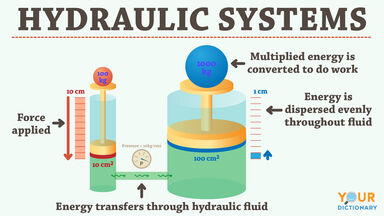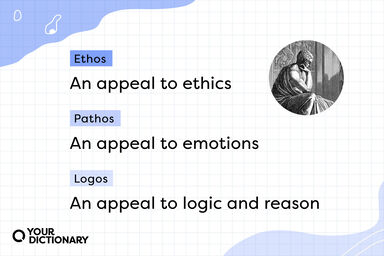This, however, is a feature common to Mesopotamian and Egyptian, and perhaps to all primitive art.
This large influx of Europeans, however, is modifying the population by reducing the Indian and mestizo elements to a minority, although they are still numerous in the mesopotamian, northern and north-western provinces.
Two days' journey beyond Rakka, where the Euphrates breaks through the basalt dike of el-IIamme, are two admirably preserved ruins, built of gypsum and basalt, that on the Mesopotamian side called Zelebiya (Chanuga), and that on the Syrian, much the finer of the two, Halebiya or Zenobiya, the ancient Zenobia.
On the Mesopotamian side there would seem, from the accounts of Xenophon and Ptolemy, to have been an affluent which joined the Euphrates between Deir and `Ana, called Araxes by the former, Saocoras by the latter; but no trace of such a stream has been found by modern explorers and the country in general has always been uninhabited.
The industry in comparison with former times, when the town had so considerable a manufacture in muslin as to give its name to that fabric, is very unimportant; trade also, which is almost exclusively in the hands of native merchants, has fallen off greatly, although the town remains the collecting and distributing centre for the north Mesopotamian desert and Kurdistan.


